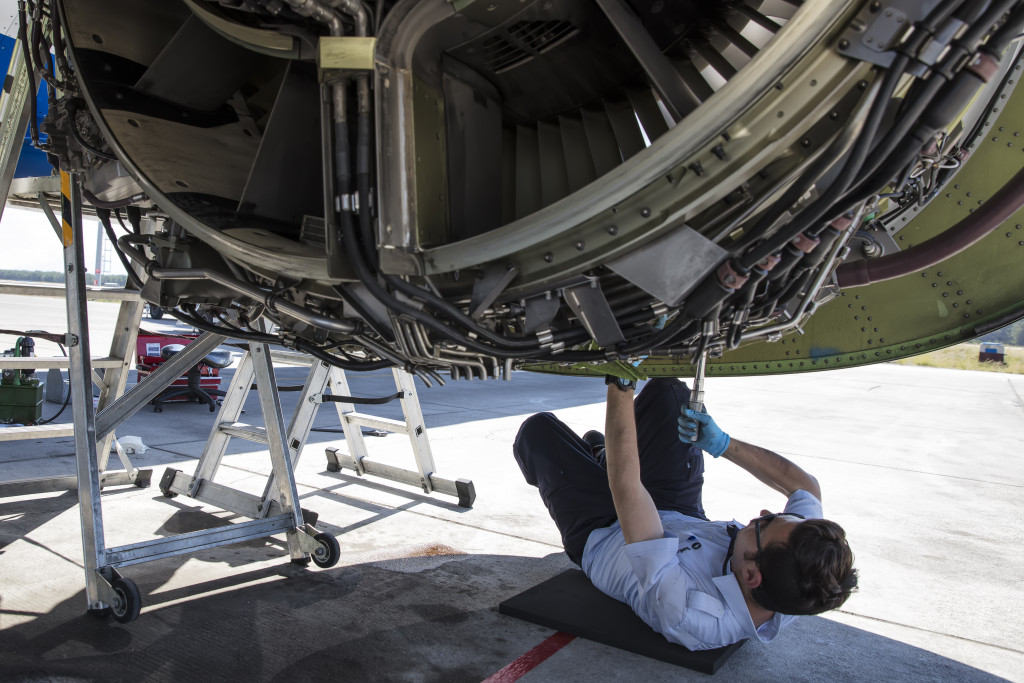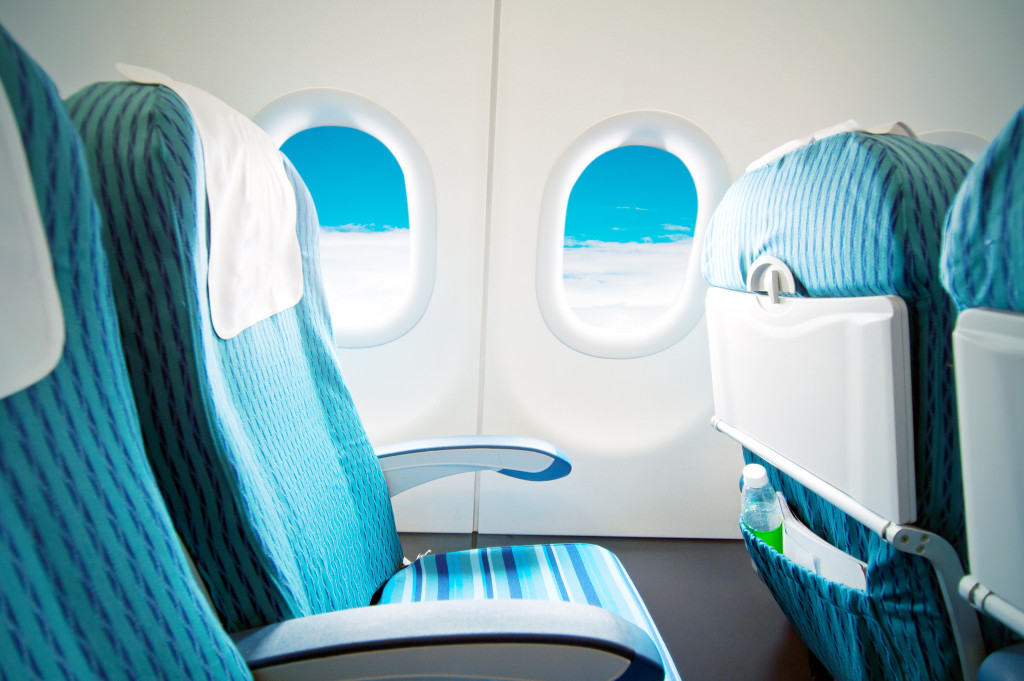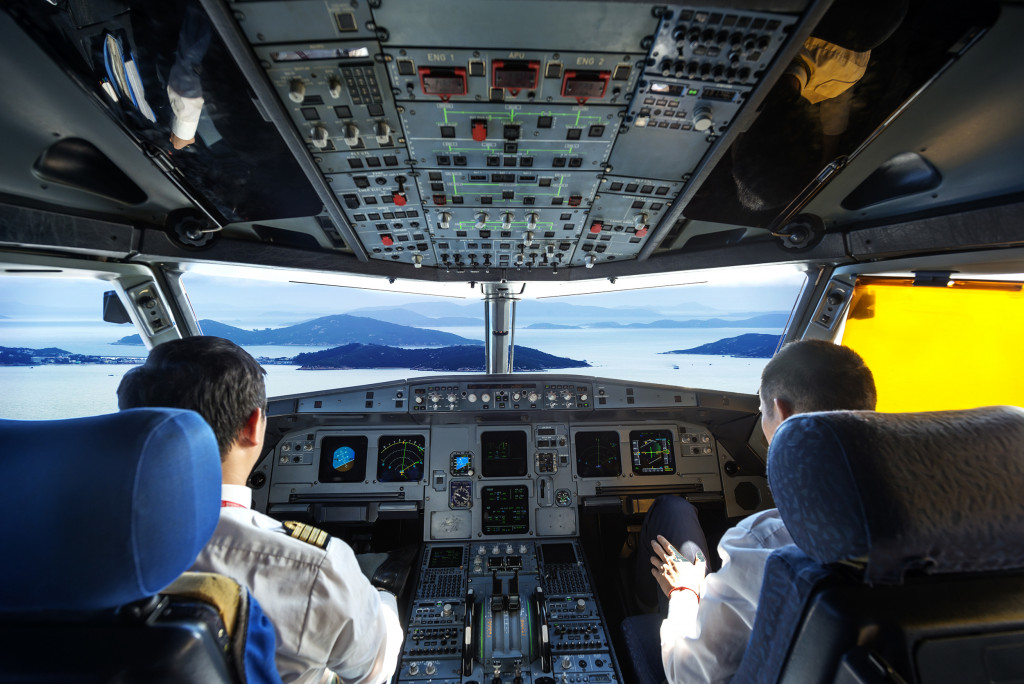- Regularly scheduled maintenance is a vital part of airport operations to ensure safety and prevent flight delays.
- Ground support equipment maintenance should involve preventative approaches such as regular inspection of each piece of equipment.
- Aircraft maintenance processes should include aircraft servicing and repairs, fuel system testing and inspection, and more.
- Following all the necessary airport maintenance protocols ensures optimal safety for passengers, workers, and pilots.
The safety and efficiency of air travel depend on the maintenance processes carried out in airports. Airports are responsible for inspecting, servicing, and repairing aircraft to ensure they can fly safely and reliably from one destination to another.
To maintain a high level of quality assurance, airports must have strict protocols for all maintenance processes. This article will look at some of the most important aspects of airport maintenance processes so travelers can feel confident when flying with any airline.
Regularly scheduled maintenance
Airport maintenance is essential; regularly scheduled maintenance can prevent large-scale problems, downtime, and flight delays. Airports that run with regular maintenance programs ensure the safety of their workers and the pilots and passengers that rely on these airports daily.
Traditional methods involve a preventative maintenance approach; this means fixing any minor issues as they arise before they become more significant issues. This program should include thorough inspections and a timely replacement of parts that are beginning to age or show signs of wear. Such proper maintenance will also ensure each aircraft are up to code with all necessary certifications and documentation regarding safety.
Ground support equipment maintenance
Ground support equipment maintenance is essential in airports to ensure safety and operational efficiency. This process involves maintaining the aircraft’s exterior and interior components and ensuring that all tools are correctly calibrated for safe and correct use.
The importance of this process lies in its ability to provide an optimum level of safety for individuals working at the airport and travelers on the tarmac and within their aircraft. Also, proper maintenance ensures that the equipment can perform efficiently throughout its lifespan.
For example, if tug vehicles are regularly serviced, they can move larger aircraft with incredible speed and ease. To properly maintain GSE, airports must take a preventative approach by regularly inspecting each piece of equipment and making timely repairs or replacements as necessary. Furthermore, training should ensure that all personnel handling GSE do so safely and according to the proper protocol.
Aircraft maintenance
Here are some of the most critical processes airports must carry out to ensure the safety and reliability of aircraft:
Aircraft servicing and repair
Aircraft servicing and repair are critical for maintaining aircraft safety and ensuring they are ready for flight. The process involves regular inspections and maintenance of aircraft systems, testing equipment, and replacing parts when necessary.
Proper servicing and repair of an aircraft help to prevent unexpected issues during flights, such as mechanical breakdowns. Additionally, following the proper protocols minimizes air pollution by reducing the number of fuel-inefficient engines released into the atmosphere.
When conducting maintenance, it’s imperative to follow best practices to adhere to safety regulations and industry standards. All technicians should be trained appropriately to perform effective repairs while ensuring they do not damage any components or cause unnecessary delays.
Additionally, best practice procedures should also be in place to identify potential issues before they arise, allowing alarms that could alert airlines of impending maintenance needs so that air travel can remain safe and reliable.
Fuel systems testing and inspection
As aircraft fleets become increasingly sophisticated, fuel system testing and inspection have become an increasingly vital part of airport maintenance processes. As potential issues with refueling can have severe consequences, proper inspection and testing is the key to ensuring functional fuel systems for an airport fleet.
Routine testing helps assess pressure, temperature, and oil condition, which are crucial to maintaining a smooth operation. Additionally, comprehensive records should be kept as a backup in case of fuel system malfunction and to track trends that can reveal potentially hidden issues. Testing should include regular visual inspections and mechanical checks on delivery currents and sensors.
Engine repairs and overhauls

Airport customers expect on-time departures, extreme reliability, and minimal flight disruption, making engine repairs and overhaul a critical maintenance process at airports worldwide. Regular inspections of high-value components like engines are crucial to ensure safe operation since motors act as the power source for aircraft.
Overhauling an engine can take up to several days, but it is essential for operators and technicians to focus on the safety aspects rather than just time constraints. This is achieved by properly inspecting all parts of the engine for any signs of wear and tear, and replacing them as needed so that reliability will be maintained going forward.
Interior cleaning and exterior detailing

Aircraft interior cleaning and exterior detailing is an essential maintenance process for airports, as it not only ensures that aircraft look their best, but also minimizes the risks of corrosion and contamination from the inside out.
Properly cleaning and maintaining aircraft exteriors and interiors requires a combination of safe, specific products and experienced professionals who are knowledgeable in performing this task safely. Some aspects to consider when conducting interior cleaning involve the removal of loose debris, vacuuming, wiping down surfaces with appropriate solutions, surface polishing, and sanitation.
Exterior detailing includes washing the aircraft’s exterior to remove dust and dirt buildup, waxing for a glossy shine, and spot-cleaning certain areas. This process can be improved by using traditional methods such as dry wiping or using automated machines that reduce labor costs.
These are just some of the most critical maintenance processes airports must adhere to in order to ensure a safe and reliable air travel experience for passengers. Maintaining aircraft, ground support equipment, and fuel systems are all essential elements in keeping airports running safely and efficiently.

